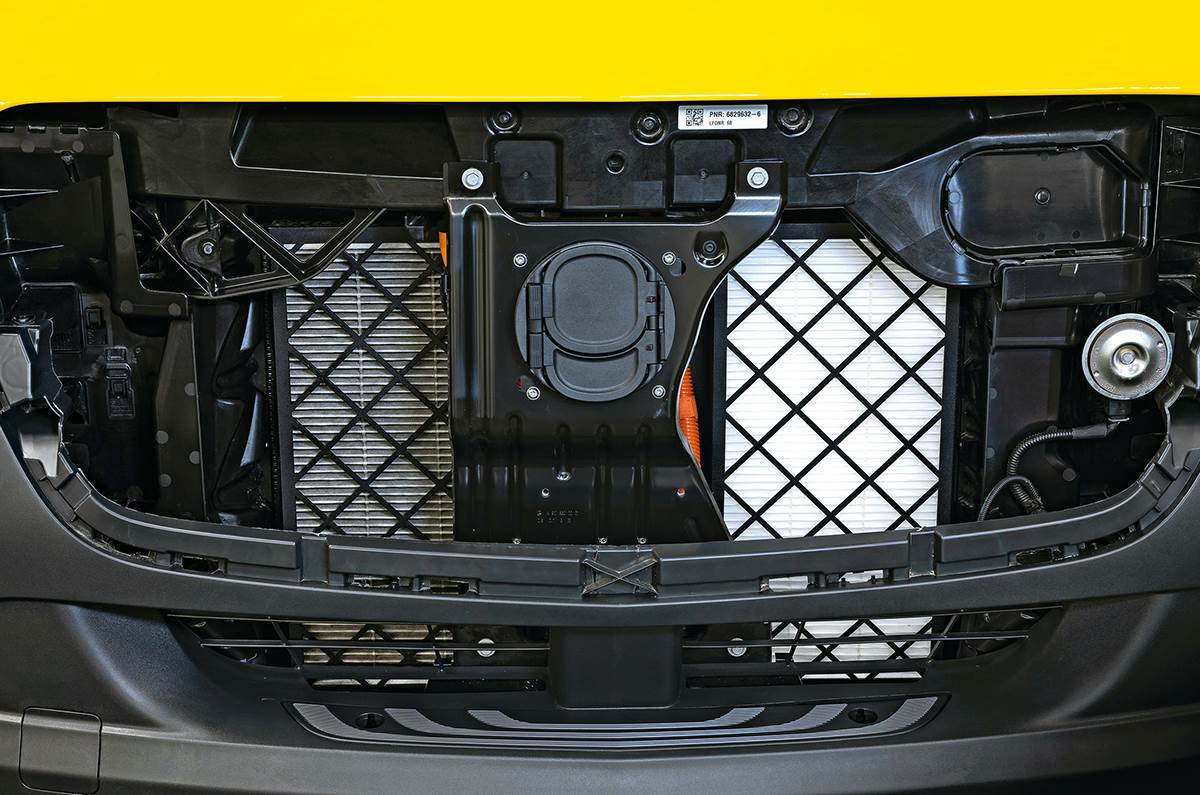A good regen system in EVs recovers remarkable amounts of energy when the vehicle slows down, which is then used to enhance the range.
Some phrases used in the automotive industry stick out more than others. For instance, ‘virtuous circle’ is heartwarming not just because it’s positive – as opposed to ‘vicious circle’ – but also because it hints at the satisfaction of getting something for nothing.
Used in the context of efficiency (which is how engineers use it), this phrase suddenly became popular jargon, cropping up in conversation at about the same time as weight reduction was talked about more.
It goes like this: reducing weight reduces the amount of fuel consumed, and therefore, the amount of pollutants emitted. Less fuel then has to be carried, saving more weight and therefore saving more fuel. The brakes can then be smaller, because the kinetic energy in the car is reduced, and smaller brakes weigh less. And so it goes on.
With electrified powertrains, especially fully electric ones, recovering energy using regenerative braking may not be a virtuous circle in that sense, but it is virtuous and it is circular. A well-executed regen system recovers significant amounts of energy when the vehicle is slowing, and in some EVs, the amount is displayed in real-time in the instrument display. It’s kinetic energy that the driver has paid for in real money and in a plain combustion-engined car would be discarded and lost forever.
For that reason, regen is a crucial part of an EV that owners might be unaware of – and for the maker, that’s both bad and good. Bad because it’s a selling point, good because the transition between friction and regen braking should be undetectable.
Regen is a thing of two parts. It happens all the time when the driver lifts. It slows the car, like engine braking, but claws back unused energy at the same time. The second part is what happens when the driver hits the brake pedal. The friction and regen systems have to blend seamlessly, without the driver noticing the transition.
Porsche makes the point that using regen effectively well means it isn’t necessary to fit larger friction brakes to cope with the weight of the battery. Its Taycan EV uses electric retardation in 90 percent of everyday driving. The friction brakes step in below 5kph (3mph), when the motor generators can’t provide significant braking force, and when the driver brakes harder from higher speeds and the regen can’t provide enough stopping power. The Taycan Turbo S can generate a whopping 290kW of electrical energy during braking. At that level, two seconds of braking can recover enough energy to drive for 700 metres (0.4 miles).
Smoothing the transition to avoid a jolt between the two braking methods is done by algorithms that monitor the hydraulic system. Each time regen happens, the brake pedal is recalibrated to calculate the travel relative to the braking force. In this way, the system figures out how much retardation the hydraulic system needs to deliver during the next braking event.
Something similar happens with all EVs under the skin, creating an unseen circular energy process that may not be giving something for nothing but certainly feels like it is.
First class service
Mercedes-Benz eSprinter electric vans run by Austrian Post in Graz have been testing air filters designed in conjunction with Mann+Hummel. A pilot project was started in August last year and in 60 days of deliveries collected 6,400mg of dust from the air, including PM10 particulates. The idea is to clean up urban air close to the source where it’s most concentrated.
Also see:

























